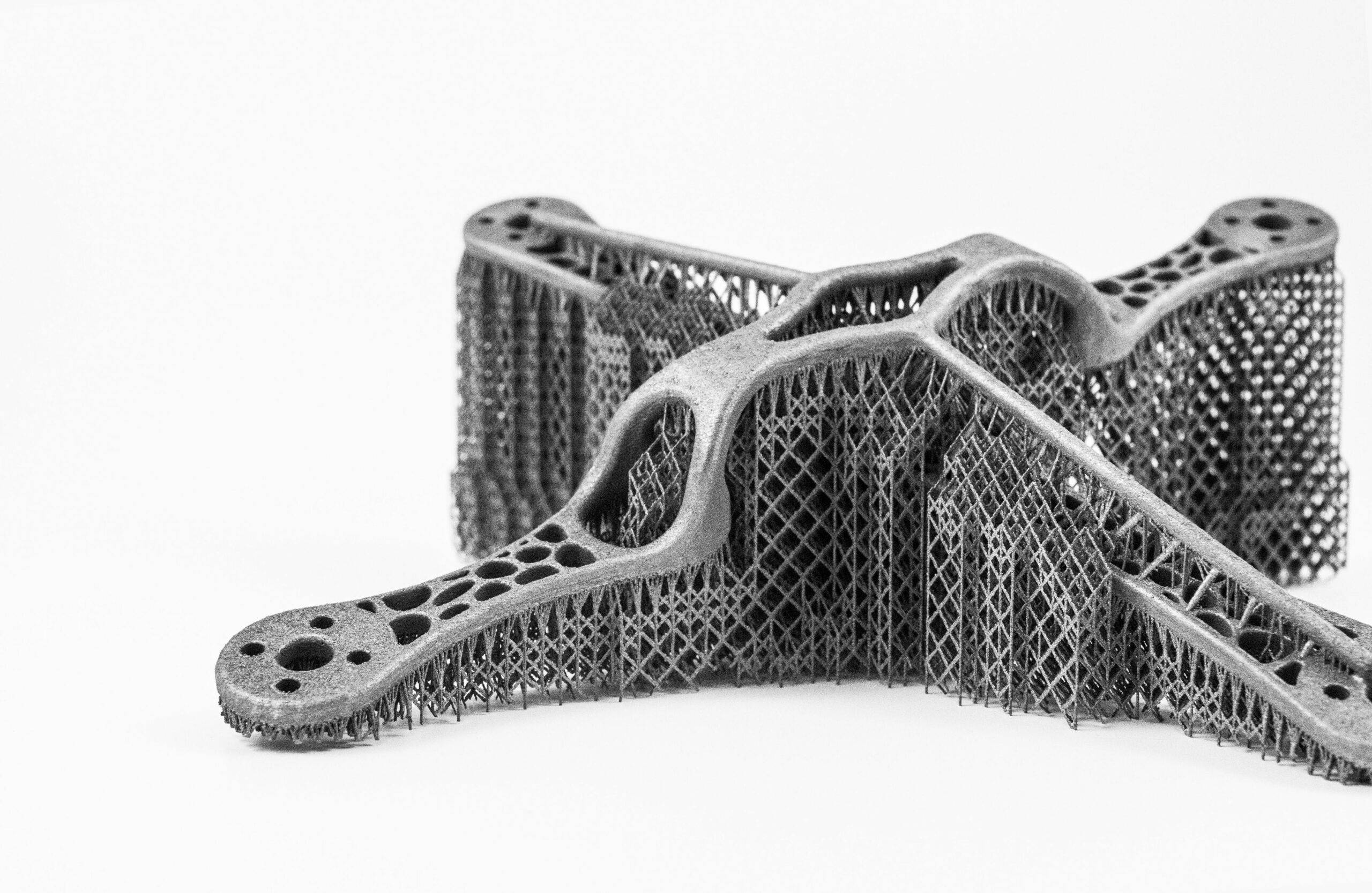Application-Driven Innovation
Recent developments in Additive Manufacturing have focused on building better, faster, larger and more capable machines and on extending the range of new materials. And while it’s important to continue to innovate and increase our manufacturing capabilities, the real transformative power of 3D Printing will not be unleashed by simply building bigger and better machines. The key to unlocking the next industrial transformation will be our true understanding of which applications benefit most from AM technology. In other words, ask not what this machine can do – but what this machine can do for you. In the future, we believe machines and software will become more and more specialized and application-driven to meet very specific customer and industry demands. The potential is huge. When the hearing aids industry discovered the transformative power of 3D Printing, the change was fast and irreversible. Within 500 days, over 90% of hearing aids in the US switched over to Additive Manufacturing. This means that, rather than waiting for 3D printing technology to mature, manufacturing companies should focus on the applications now. Because the technology is there, but it’s applications that will drive the real transformation.
Automation
As 3D printing technologies are maturing, the focus will turn towards streamlining pre- and post-production processes. While a large segment of 3D-printed production tools and prototypes are ready for use nearly straight out of the machine, with minimal finishing, there’s also a huge number of end-parts that require complex finishing processes. This is not only labor-intensive, but also cost-intensive.
Industrial automation in the form of pick-and-place robotics has the potential to drastically raise efficiency by cutting post-production time and costs. Pair that with software know-how, and we envision an automated post-production system that ensures traceability and speed without over-reliance on manual intervention. Software will also increasingly play a role in the automation of pre-production steps, as illustrated by the surge in interest in simulation software, which is mostly driven by the rising adoption of Metal 3D Printing. While Metal 3D Printing has already proven its vast potential for time- and cost-savings, the cost of wasted material due to build fails quickly becomes unaffordable and we expect simulation software will play an increasingly important role in predicting failures before they happen.
Integration
In the last few years we have seen 3D Printing claiming its position in supply chains. With faster lead times and tooling-free production, 3D Printing has proven to be a valuable technology for those applications that are traditionally resource-intensive. It also leads to leaner supply chains and fewer stock risks. We believe that 3D Printing will steadily increase its value in manufacturing supply chains in two ways: by enabling the creation of digital supply chains, which hold the promise of transforming entire business models, such as the hearing aid and eyewear industry; and by becoming more integrated in existing supply chains.
Collaboration
Collaboration is key to expanding 3D Printing to manufacturing industries. Increasing collaboration between existing players, such as hardware, software and service providers, will lead to optimized and easier-to-integrate product offerings, which will fuel adoption. We also expect to see more collaboration between the 3D printing industry and its customers. Co-creation, which creates a framework that allows for the integration of 3D printing software, engineering and manufacturing knowledge with a customer’s specific market knowledge, is the real driver of innovation with transformative impact.
Metal 3D Printing
Metal 3D Printing is developing rapidly, both in terms of lowering costs and increased adoption, 2018 will see improvement in terms of new technologies, as well as improvements to established ones. We believe that Metal 3D Printing will never replace traditional manufacturing—but as a complimentary manufacturing technology, its position is becoming increasingly important. Looking forward, Metal 3D Printing will become more and more of a necessity when solving specific manufacturing challenges and creating customized, complex end-use products. To that end, Materialise acquired ACTech this year, a German manufacturing company specialized in highly complex metal prototype casting. With their expertise in metal and our knowledge of 3D Printing, we are prepared to bring Metal 3D Printing to the next level.
Images and Article Courtesy: http://www.materialise.com



